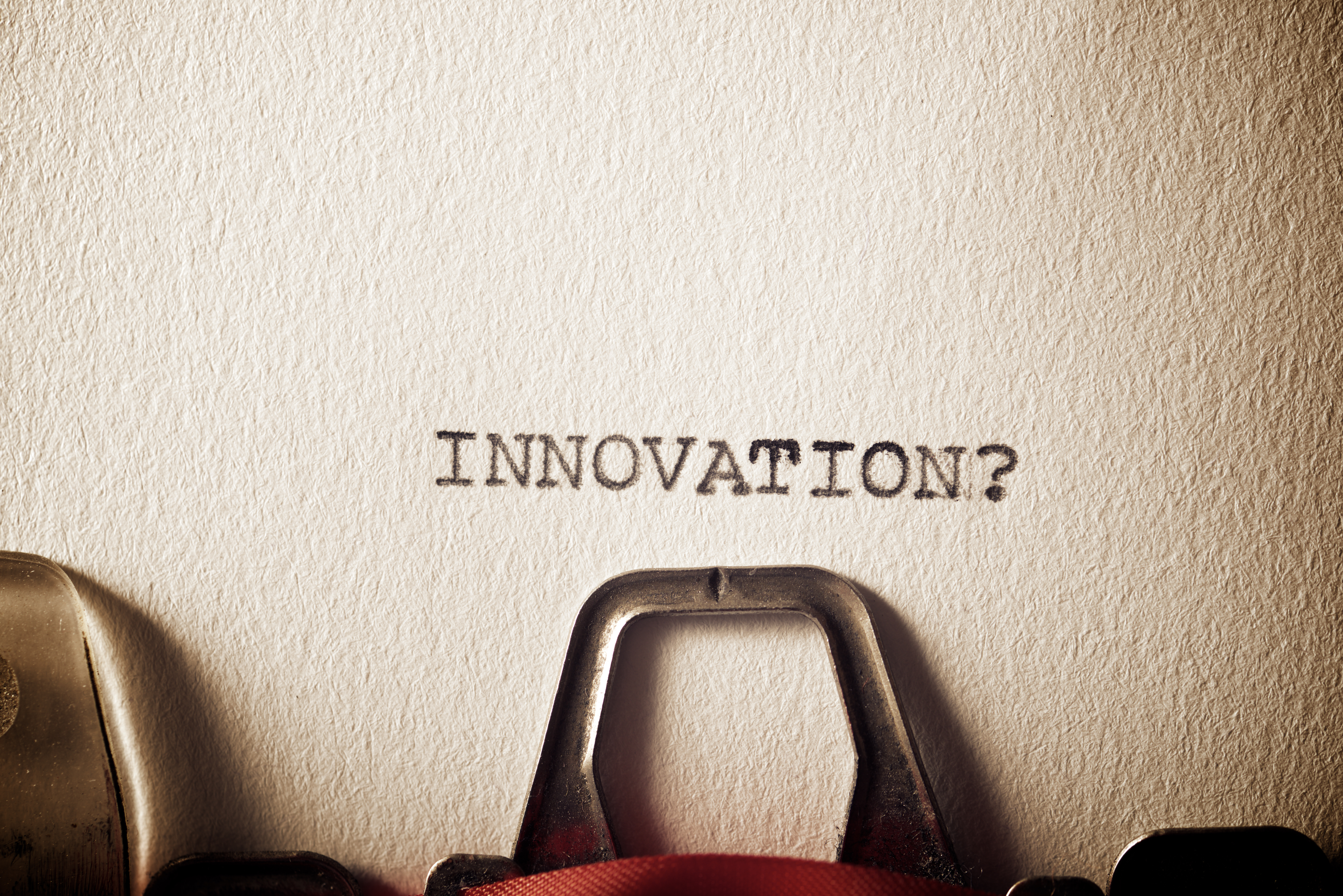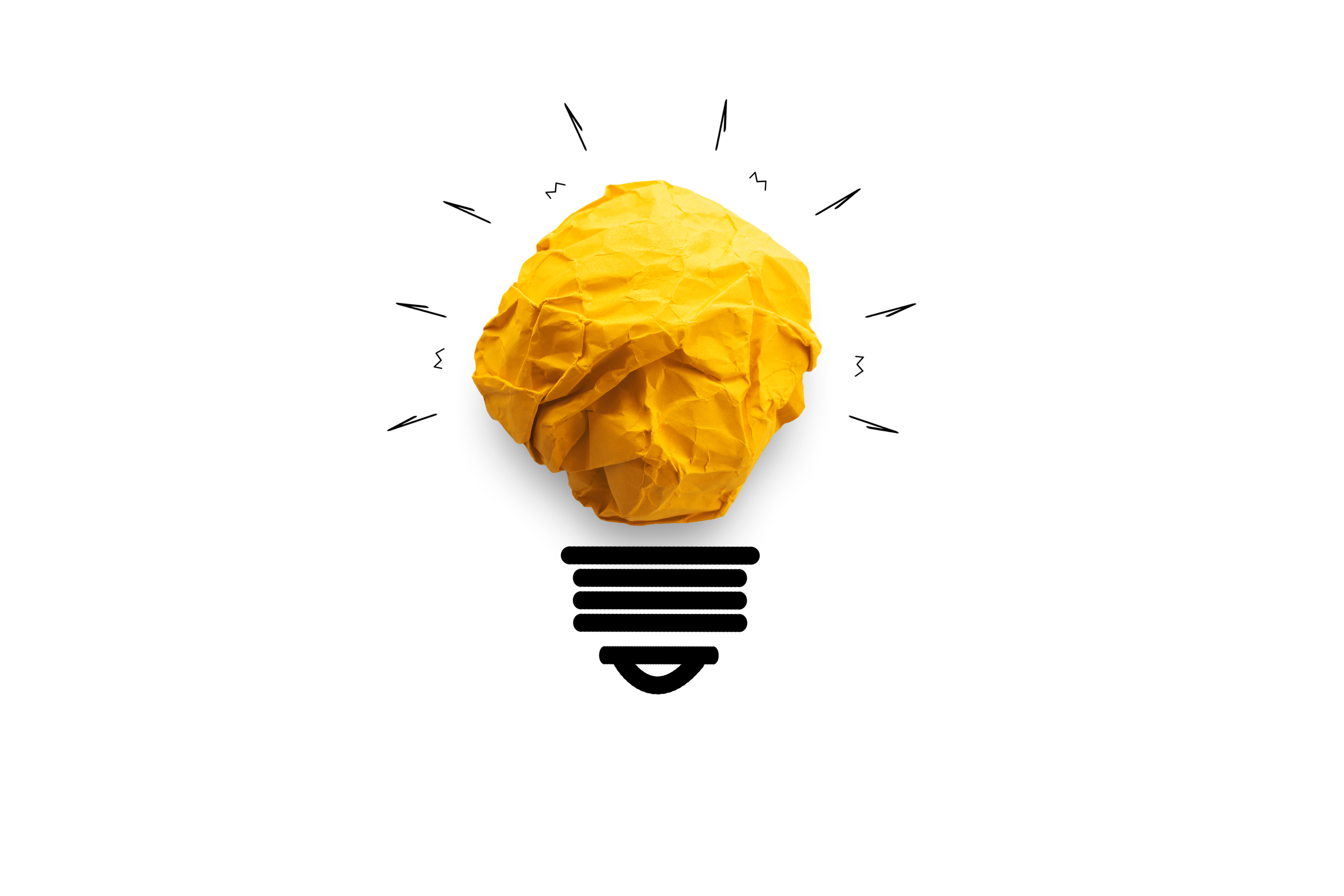Whether you’re an inventor, researcher, or just have stumbled upon something brilliant, you may want to patent that invention. Chances are that somewhere down the line you will (or should) get in touch with a patent attorney to discuss your invention. To get the best out of this discussion, you want to make sure your invention is understood properly and that all of its important details are noted. But, if you have never had such a meeting to discuss your invention, you may wonder what to expect. Luckily, a big part of this discussion is controlled by you and you can prepare for it. You as the expert know your invention inside out. We as the patent attorneys on the other hand, do not know everything about your field of technology. However, we are always keen on learning and will have many specific questions to better understand your invention. The questions we ask may differ somewhat from the questions you get from e.g. colleagues or investors. We will ask questions to get to the heart of your invention. We are not trying to be difficult or overly critical. This questioning allows us to draft a patent that legally protects your invention as best as possible.
In this blog we highlight some of the questions a patent attorney can/will ask. This will give a general outline of a meeting with a patent attorney. We will also mention some tips on how you can prepare for these questions. By being prepared and understanding these questions, your discussion with a patent attorney will be a fruitful one that will benefit you both.
First of all, you will be asked to explain your invention. A straightforward first question we are excited to hear the answer to. It would be even better if you can bring some drawings, schemes, graphs or a prototype (if not too big). This first question allows us to gain better insight into your invention. It also allows us to place the invention into perspective, as perhaps we have encountered an analogous situation and can use our experience to better help you. As a side note, we should mention that this and any further discussion with a patent attorney will be treated as confidential, so don’t be afraid to hold back on any of the details. We need all the details to provide you with the best advice.
The problem your invention solves
When explaining the technology, we’ll ask you what do you consider the purpose of your invention to be? What problem does it solve? We seek to understand the specific problem your invention solves, a crucial element in the patent process. Patents are granted for technical solutions to a problem that provide a real contribution to that particular technical field, no matter how big/small the problem or contribution. The problem your invention solves is essentially the core of its existence. This question also allows us to identify about what types of claims (i.e. what claim categories) may be useful for your invention. For example, is the invention related to a product, or perhaps to a method of producing something?
Claim categories. Claims can be related to a physical entity (product or apparatus) or to an activity (process or use). A patent can have claims in more than one claim category.
What sets your invention apart? What makes your invention new?
Next, we will ask what the feature(s) of your invention are. A feature may be a tangible component, steps of a process, specific characteristics, quantities, etc. At this point we either ask or try to deduce which features set apart your invention from products or methods that are available on the market or previously disclosed somewhere. These are the features that make your invention novel, which is one of
the main criteria for obtaining a patent. In addition, these features, in principle, would lead to the purpose of your invention. You can prepare for this question by having a clear outline of all (not just the novel) features of your invention and what these features contribute (what technical effect they have) or if certain features have for example, a synergistic effect, when taken together.
During this discussion, a patent attorney may ask you what publication (e.g., in a patent or scientific journal) is close to your invention, or has inspired you for your invention. This is what we call the ‘prior art’. It is important to highlight how your invention is for example better than what is currently known or how it contributes to the prior art. Typically, you as the inventor are aware of developments within the field of your invention and providing this information helps us to even better understand the contribution your invention makes.
Discussing the scope of your invention
At this point the patent attorney often will have a decent first understanding of your invention and most (if not all) of its features. However, the amount of data can sometimes be overwhelming, especially if the invention is particularly complicated. Not all preferred features of your invention are essential for reaching its purpose. For example, certain features of the invention may work synergistically, others can substitute each other, and some features are just nice to have. A patent attorney will try to distill which features are essential to your invention. They will ask this to deduce the absolute minimal features that make the invention work i.e. reach the purpose thereof. Only these essential features will initially end up in a first claim of the patent application. In this way, a patent application can be drafted that provides the so-called broadest ‘scope of protection’.
First claim and scope of protection If the invention would be a device with a spring as a feature, but anything elastic performs the job equally well, a broader protection is obtained when generalizing. Thus, in a first claim we will talk about the concept “elastic element” and in a subsequent claim we will list possible examples of elastic elements (e.g., a spring, a rubber, etc.).
To prepare for a discussion on the scope of your invention, you can think ahead of time on what would happen if certain features were omitted or substituted. Perhaps you have already done some experiments or tests under such conditions. If you have such information, be sure to bring the results of these experiments or tests (if possible) as they are often very useful and may be used in direct support of your invention.
Is your invention inventive?
This question may seem odd, especially since we already discussed novelty of your invention and the prior art. However, this question relates to a further strict requirement for patentability of an invention, the so-called ‘inventive step’. In other words, the invention must be non-obvious to a ‘person skilled in the art’ in view of what it is known (the prior art).
Person skilled in the art. This is a hypothetical person (or group of people) who possesses the average knowledge and skills in a specific technical field or industry. Who this person is, is often a point of discussion when it comes to litigation and is beyond the scope of this blog.
The patent attorney may ask what (combination of) prior art has directed you to the invention and what would make the invention non-obvious to others in the field? Perhaps your product is especially suitable for a particular application, or your method results in a surprising efficiency.
Preparing for a discussion on inventiveness can be difficult. It is important to identify what decision(s) you made during research and development to arrive at the invention and how they differ from what is already known or suggested. This question on inventive step also relates to the discussion on the essential and non-essential features we mentioned above. For each of these features you can think about how they contribute. For example, let’s say a feature of your invention is that you found that increasing the temperature of a particular chemical reaction by 10℃ has a surprising effect on the efficiency. This would constitute a novel feature. The prior art did not perform that reaction at the increased temperature. However, if a different document suggests that increasing the temperature in such type of chemical reactions could or would lead to an increased efficiency, that could make the invention obvious. In contrast, you may have documents suggesting that cooling down the reaction increases the efficiency. That documents then directs you away from increasing the temperature. In that case, the increased temperature would not be obvious. Any such information is highly useful in arguing that inventive step and your patent attorney will appreciate such information to strengthen your patent application.
Concluding your first meeting
The above is a broad outline of some of the questions you can expect to be discussed during a meeting with a patent attorney. However, it is likely not all that will be discussed. You may also want to discuss your timeline on filing a patent application. For example, you know about competitors working on something similar or you want to discuss your invention at a conference. This can influence how fast things need to proceed. You could also discuss strategy regarding potential other inventions you have in the pipeline. How does the invention you discussed in today’s meeting fit in with those others? Perhaps there is some overlap or they are all part of a larger machine.
In addition, you may have ideas about your future or current business and how the invention fits in. Perhaps you thought of a catchy name to market your product or have designed a good looking device around your invention. If so, such aspects are also protectable, albeit not by patents, but perhaps by e.g. trademarks or design rights.
Ultimately the meeting with a patent attorney should benefit you first and foremost. So, feel free to ask a patent attorney about more than just patents and ask about general advice or potential pitfalls. Ask about protection for trademarks, design or copyrights. A patent attorney is trained to give you advice on many aspects related to intellectual property and if they cannot, they likely know who to get in touch with to help you. For example, at AOMB we have patent, trademark, design, plant breeder’s, legal and copyright experts. Hopefully this blog has given you some useful tips and advice on how to prepare and get the best out of a meeting. Want to know more? Get in touch with us!



